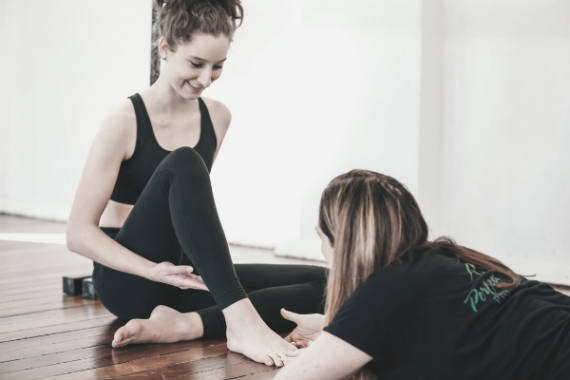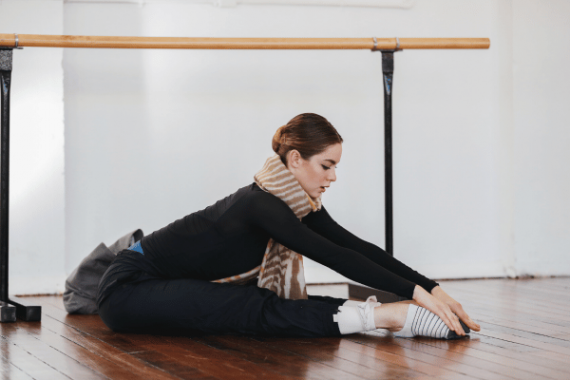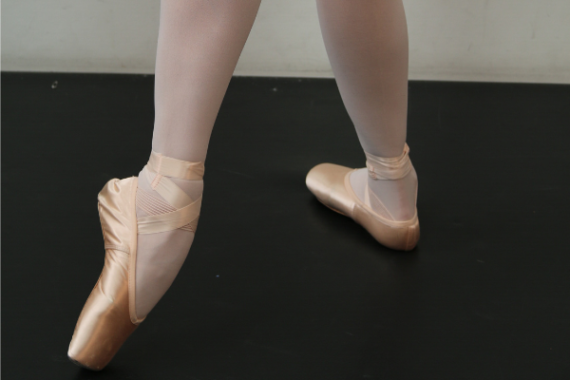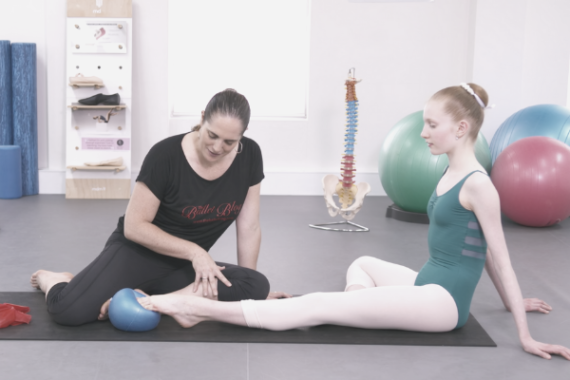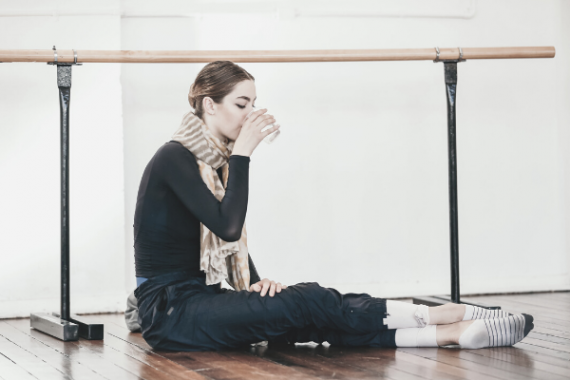Orthotics vs Formthotics - Is one better for Dancers?
Hi Lisa, I read in one of your articles and watched a Q&A video that both mentioned the soft Formthotics as a choice for orthotic inserts. I'm wondering whether you still prefer these rather than the traditional custom-made orthotics. Can you share with us the difference between the two types of orthotics and would the preference be more just for dancers or for everyone in general?
Thank you! May
Hi May
Thanks for your question! I do like using the Formthotics for some dancers, however, there is still definitely a need for custom molded orthotics in some situations.
For those that have not seen the original video – here it is …
As I explain in the video, I am not against the use of custom-made orthotics. Especially ones created out of firm density foam, as opposed to the cast, rigid orthotics. Hard custom-made orthotics may be required to correcting moderate to severe pronation of the foot or other altered foot biomechanics (such as in Cerebral Palsy). Custom-made inserts can also be helpful if there is a need to offload any areas – ie sesamoiditis – where we may need to cut a hole to offload the area.
The hard cast orthotics may become an issue if they are too rigid and block the natural mobility in the midfoot – altering the shock absorption capacity, and potentially leading to other injuries such as stress fractures in the tibia.
I believe that Orthotic devices of this type should be treated as “trainer wheels” to be used until the foot has developed enough strength to control itself. In this regard, everyone wearing orthotics should have a strengthening exercise program as well, including many of the exercises in the Advanced Foot Control For Dancers program.
Formthotics on the other hand have a different function. They are not designed to correct the alignment of the foot but are good for dancers/students with high mobile arches to give proprioceptive feedback and gentle support of the arch.
When we are jumping and dancing all the time in flat ballet slippers, these inserts can give the small muscles of the foot and the plantar fascia a rest when you get back into your school shoes or runners after dancing. This can help take the load off the plantar fascia, reducing the occurrence of pain in this area.
This is one of the bonus videos in the Members Area of the Advanced Foot Control Program, so make sure to log in to the member's area to review these videos if you haven’t been in there for a while!
An alternative solution is to use Dynamic Tape to help facilitate the muscles inside the foot to work correctly to support the foot. This taping technique can be also used inside your ballet shoes and can really help strengthen the feet while in class.
The Dynamic Tape and Formthotics used in this video can be purchased from The Ballet Blog Store.
For more details on the Advanced Foot Control Program please visit www.advancedfootcontrol.com/moreinfo2
Pointe Resources
If you are looking to delve deeper into this topic, check out the following programs:
- The Perfect Pointe Book: This course was originally designed to help students and dance teachers safely prepare for pointe work. The four stages of tests and exercises within the book are ideal for pre-pointe preparation classes, students close to achieving pointe shoes and students already en pointe looking for extra strength and technique training.
- Pointe Range: This online program comprises of 41 clear and concise videos, totalling just under 2 hours play time, this course begins with a series of assessments to establish exactly what structures are restricting your pointe range. It then explores a diverse array of massage techniques, joint mobility exercises and fascial mobilisers to safely improve your pointe range. This is followed by an in depth look at retraining all of the muscles that stabilise the foot and ankle to allow you to actually use your new found pointe range in class.
- Pointe Intensive: This online virtual workshop is designed for both Dance Teachers & Health Professionals working with dancers. This three day Intensive will give you the most up-to-date advice in the industry to help you understand your students’ needs, analyze their differences, and them you the tools to help your students become the best dancer they can be.



